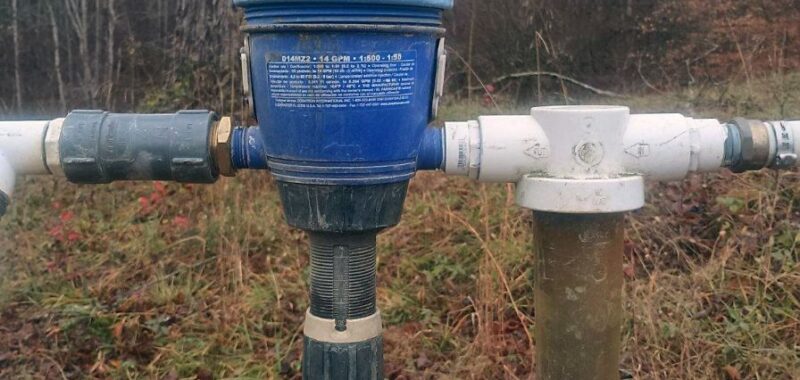
A fertilizer injector. | Dosatron
In a recent e-Gro Alert, Christopher J. Currey of Iowa State University covers how he was able to diagnose, and then manage, crop health issues back to problems with fertilizer injections.
Everything started with a Boston fern crop (Nephrolepis exaltata ‘Bostoniensis’) when its foliage displayed symptoms of chlorosis. However, in reviewing environmental data and running tests, nothing read as outside of normal ranges and marked targets that were crucial for healthy development. Additionally, Currey notes that “Nothing had been sprayed on the crop,” eliminating the possibility of phytotoxicity from fungicides, insecticides, and/or plant growth regulators (PGRs).
“With the greenhouse environment and chemical applications ruled out,” that led Currey to consider some part of the fertilization process as the culprit behind the chlorosis. To determine what part of the process was the guilty party, several diagnostic techniques were employed, including:
- Auditing changes in fertilizer stock solutions.
- Examining the injector for correct functionality.
- Testing substrate electrical conductivity (EC).
After testing showed the substrate’s EC level to be low and the fertilizer stock solutions were found to be measured correctly, the finger became pointed at the fertilizer injector.
For additional details on the growers’ diagnostic methods and how the unique fertilization process problem was finally solved, please read the full e-Gro (Electronic Grower Resources Online) alert “What Wood Cause This? Unexpected Fertilizer Injector Problems.” Additional and current e-Gro alert pieces from Volume 14 (2025) can be found online.

